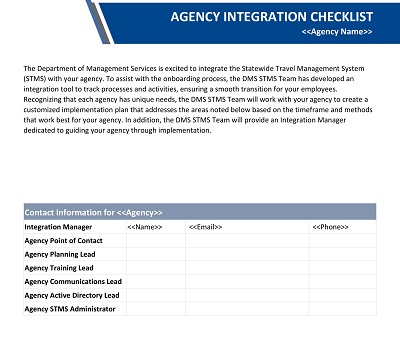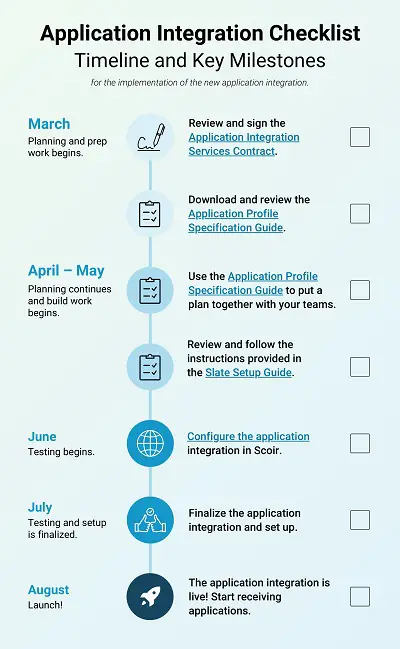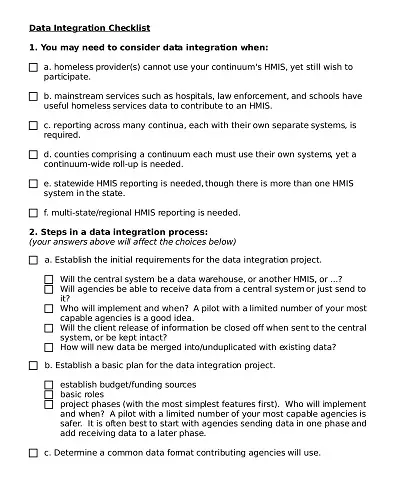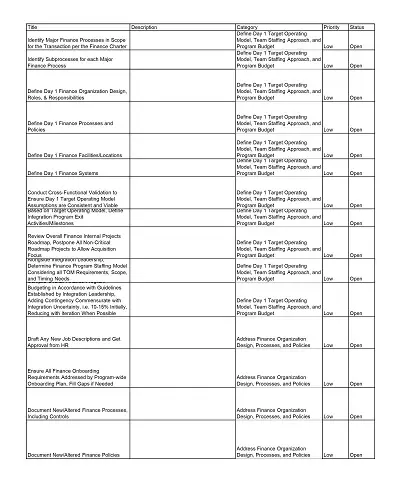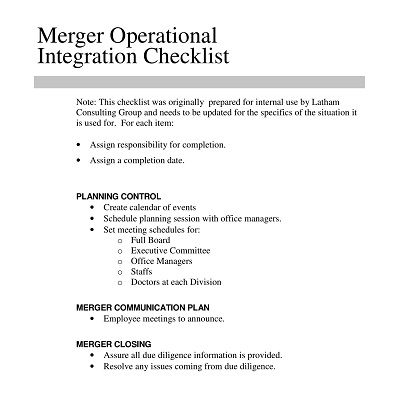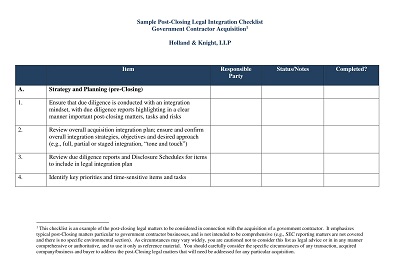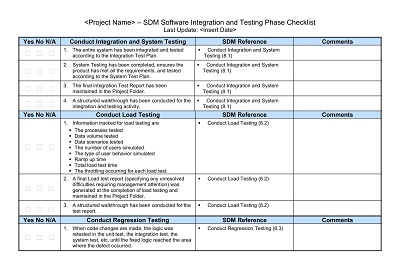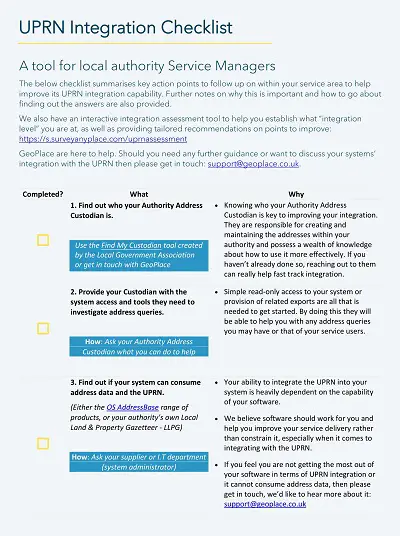16+ Free Printable Integration Checklist Templates (Word, PDF)
Integrating new systems can be daunting, especially when there are many moving parts involved. At times, it can feel like a juggling act to ensure each piece dovetails nicely into place. That’s where an integration checklist template comes in. By breaking down the integration into smaller, actionable steps, the template can help ensure that every piece of the puzzle is accounted for.
Table of Contents
This highly customizable tool helps to streamline integration processes and identify any potential gaps that need to be filled. With an integration checklist template, businesses can take the reins of their integrations, and ensure a smooth, efficient transition every time.
Download Free Printable Integration Checklist Templates
Understanding Integration Processes and Objectives
Integrating systems is a complex process that requires a clear understanding of the integration objectives and processes. A successful integration enables businesses to streamline their operations, increase efficiency, save time, and reduce costs. Integration also enables businesses to leverage their data insights and improve communication within their organization. However, before embarking on an integration project, it is important to have a checklist that thoroughly assesses the needs and goals of the integration.
This checklist must address everything from the technology platforms to organizational structures, with each item carefully considered before the project begins. With a comprehensive integration checklist, businesses can anticipate and address any potential challenges, ensuring a smooth and successful integration that benefits their business and its stakeholders.
A Comprehensive Integration Checklist for Successful Data Integration
Data integration is an important aspect of any successful business. It allows for the consolidation and analysis of data from multiple sources, leading to better decisions and increased productivity. However, the integration process can be complex and overwhelming without the proper preparation and execution. That’s why having a comprehensive integration checklist is crucial.
It ensures that all necessary steps are taken to achieve successful data integration. From understanding data structures to mapping fields, testing data quality, and ensuring compliance with data privacy regulations, a checklist can ensure that nothing is missed. With such a checklist, businesses can achieve seamless integration, ensuring better decision-making, increased efficiency, and ultimately, company growth.
Benefits of Integration Checklists
Integration checklists offer numerous benefits to organizations of all sizes. By integrating checklists into their processes, companies can ensure consistency in their operations, reduce errors, and improve efficiency and productivity. These checklists are particularly valuable in industries such as healthcare, aviation, and manufacturing, where even the smallest oversight can have significant consequences.
Integration checklists help employees to stay on track and prioritize tasks in a structured, organized manner, thereby reducing stress and increasing job satisfaction. With digital options available, checklists can be easily updated and customized, which is especially useful in industries that might require frequent process revisions or protocol updates. Ultimately, integration checklists are an effective tool for enhancing organizational performance and ensuring that critical tasks are completed accurately and on time.
How to Create an Integration Checklist Template
As businesses continue to adapt to technology and seek seamless operations, integration becomes an inevitable process in modern workplaces. Integration refers to the process of merging different systems, software, tools, or processes to improve overall efficiency. As much as integration is a critical activity, it can be time-consuming and resource-intensive. To ensure a smooth integration process and simplify the entire process, you need an integration checklist template.
Gather information on the systems to integrate
To begin creating your integration checklist template, gather information on the systems that you intend to integrate. Identify the underlying technology infrastructure, software, processes, and information flow that support each system.
With this information, you can analyze how the different systems interact, and identify integration challenges and possible points of failure. A good starting point is to collect data on the required data formats, data sources, and integration points. These critical factors will inform your integration strategy and help you create a detailed checklist.
Create a step-by-step integration procedure
After identifying the systems to integrate, create a step-by-step guide for integrating the systems. Map out the entire integration sequence, indicating the requirements, dependencies, and controls necessary. Document every step in detail to ensure that the entire integration process runs smoothly, taking into account all contingencies. Also, be sure to list all the integration errors that can potentially occur and create other scenarios that may arise during the integration process.
Assign responsibilities
An integration project involves significant human interaction, and it’s critical that you identify roles and assign responsibilities for each task on the integration checklist. Identify the team members responsible for the integration process, assign them specific tasks, and ensure that they understand their roles and what’s expected of them. The team should also be aware of the overall objectives of the integration project and how their individual tasks tie in to achieve these goals.
Test the integration process
Regardless of how comprehensive your integration checklist may be, you need to test the integration process. Testing is necessary to identify errors or bottlenecks that may occur during the integration process. Test the integration process with sample data, and once it’s complete, evaluate the results and ensure that everything is working seamlessly. If there are any glitches, note them down, create a plan to address them, and then integrate again.
Update and maintain the integration checklist
Finally, after testing and completing the integration process, update and maintain the integration checklist. You can update the checklist to include any lessons learned or recommendations for the implementation process. This will help you create a more effective checklist over time and maintain a complete record of integrations completed.

